‘I have kids living in the area, but I couldn’t see them or touch them for five or six months.’


‘I have kids living in the area, but I couldn’t see them or touch them for five or six months.’

Suggestions for improving psychological care for older adults whose social isolation and loneliness skyrocketed.
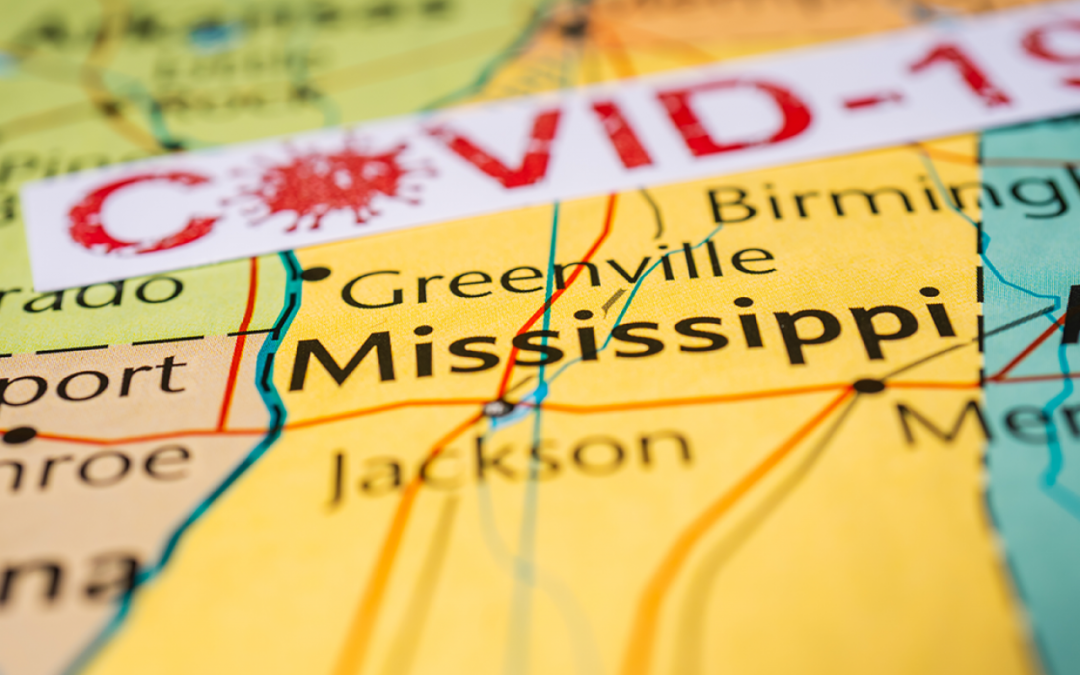
Multiple lessons learned in the state’s pandemic response can be used going forward.

How does political action or inaction affect health outcomes and what can be done about it?

‘Fair and balanced’ reporting can be anything but when non-experts are given platforms.

GEDs responded with age-appropriate care in a model that can continue and hopefully replicate.

One way to bolster any future public health response is coordination and collaboration between public health and age-friendly movements.

Government response has been insufficient to mitigate the impact of a public health crisis that is compounding decades of exclusion and discrimination.

Although deemed essential, the quality of direct care jobs falls short of their worth.
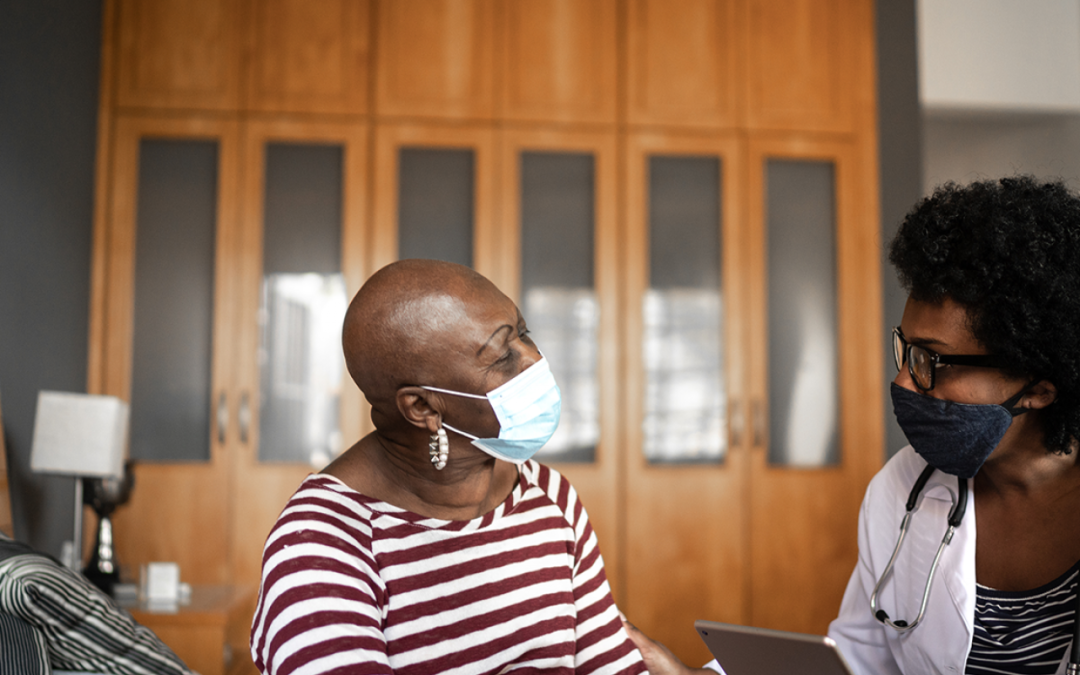
‘Federal and many state public health responses to COVID-19 did not prioritize HCBS.’
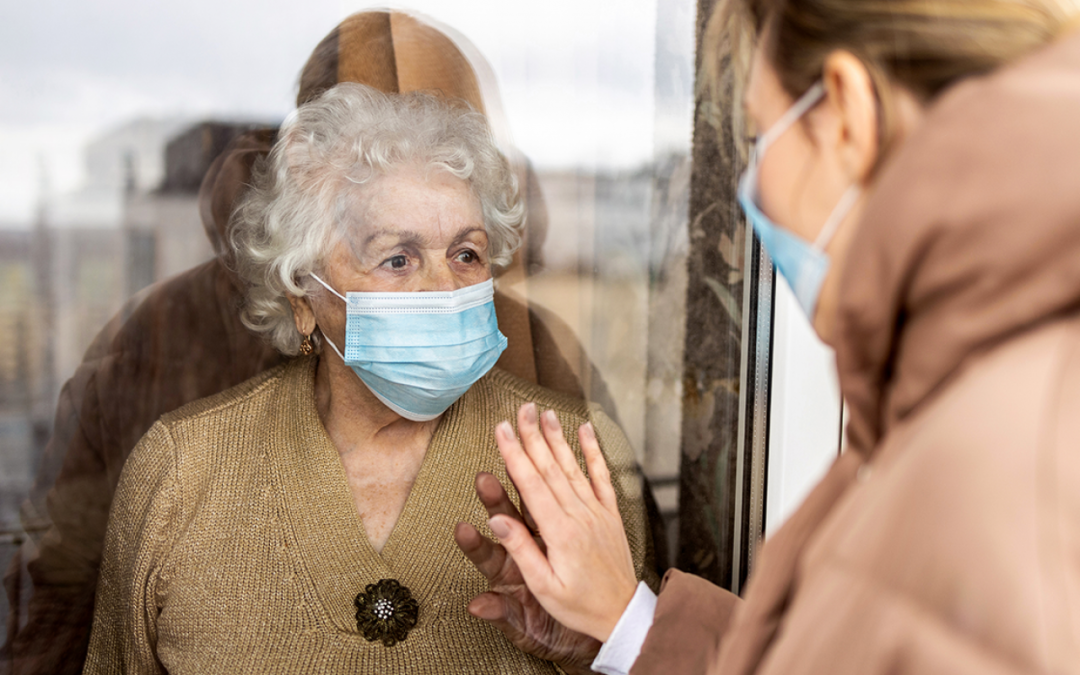
Lessons learned from this public health crisis must bring about massive change in aging services.

These guest editors have the future firmly in mind and can envision a better one.

Conference welcomes national influencers, award recipients and new Board Officers and Members
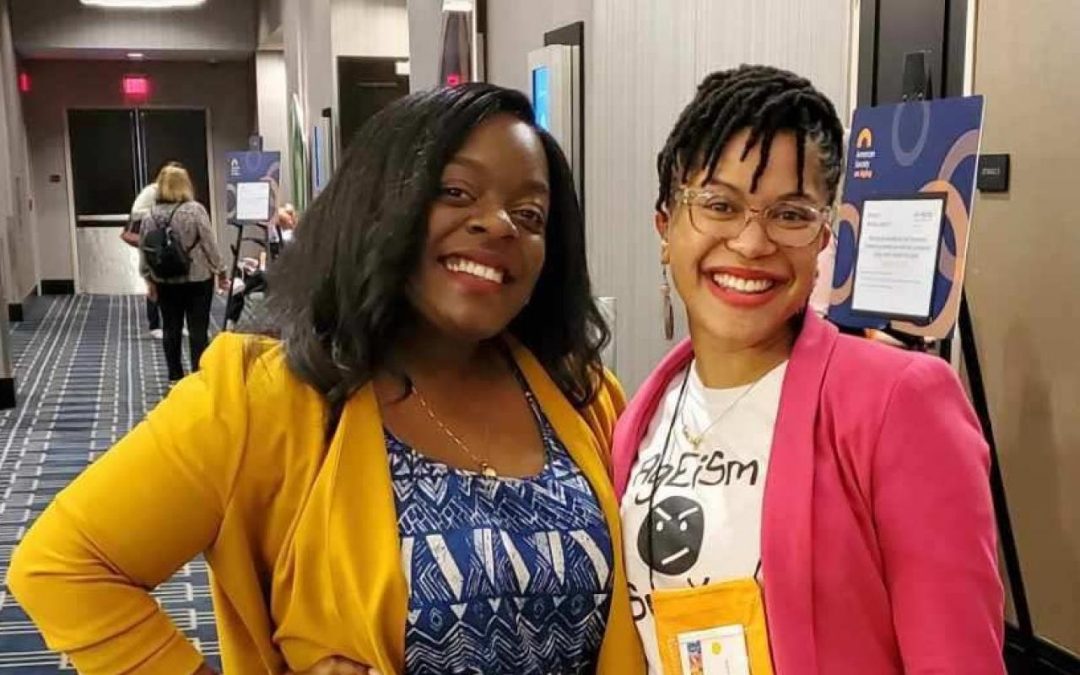
There is so much value in making connections with diverse professionals in the field of aging:

‘The ASA Rise program uniquely augments these efforts.’

We must do better for our older loved ones, and for ourselves.

We need a U.N. convention on the rights of older people, and we need it now.

Lessons learned from COVID-19.
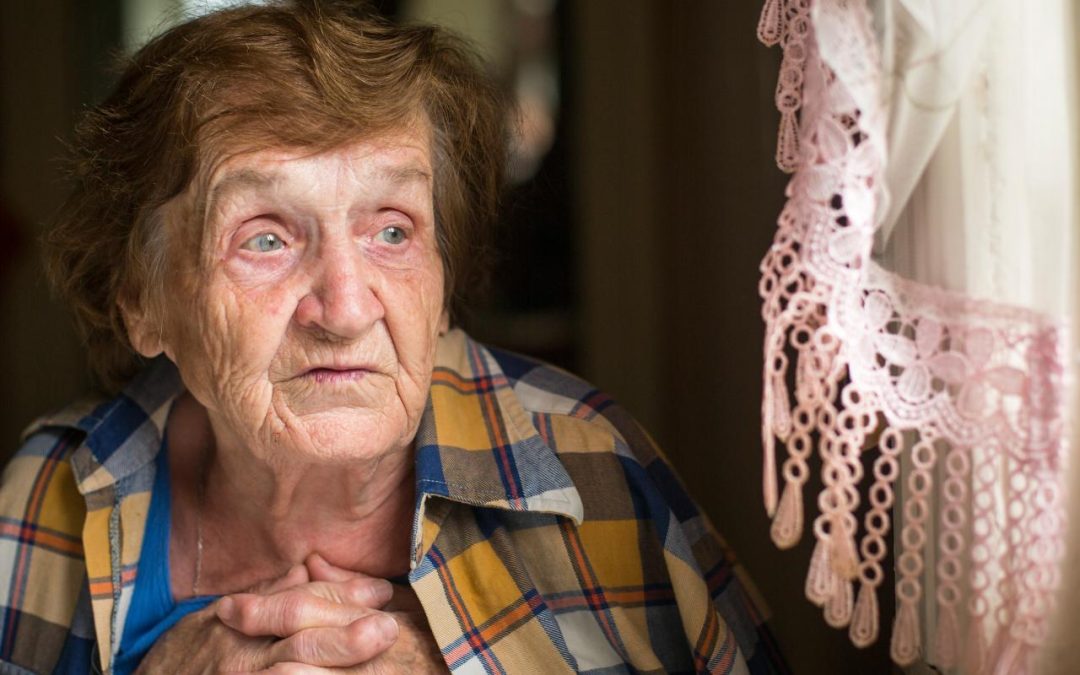
How such practices can affirm older adults’ experiences and validate their worldviews.

Precarious legal status of older parents can lead to continued economic precarity in future generations.